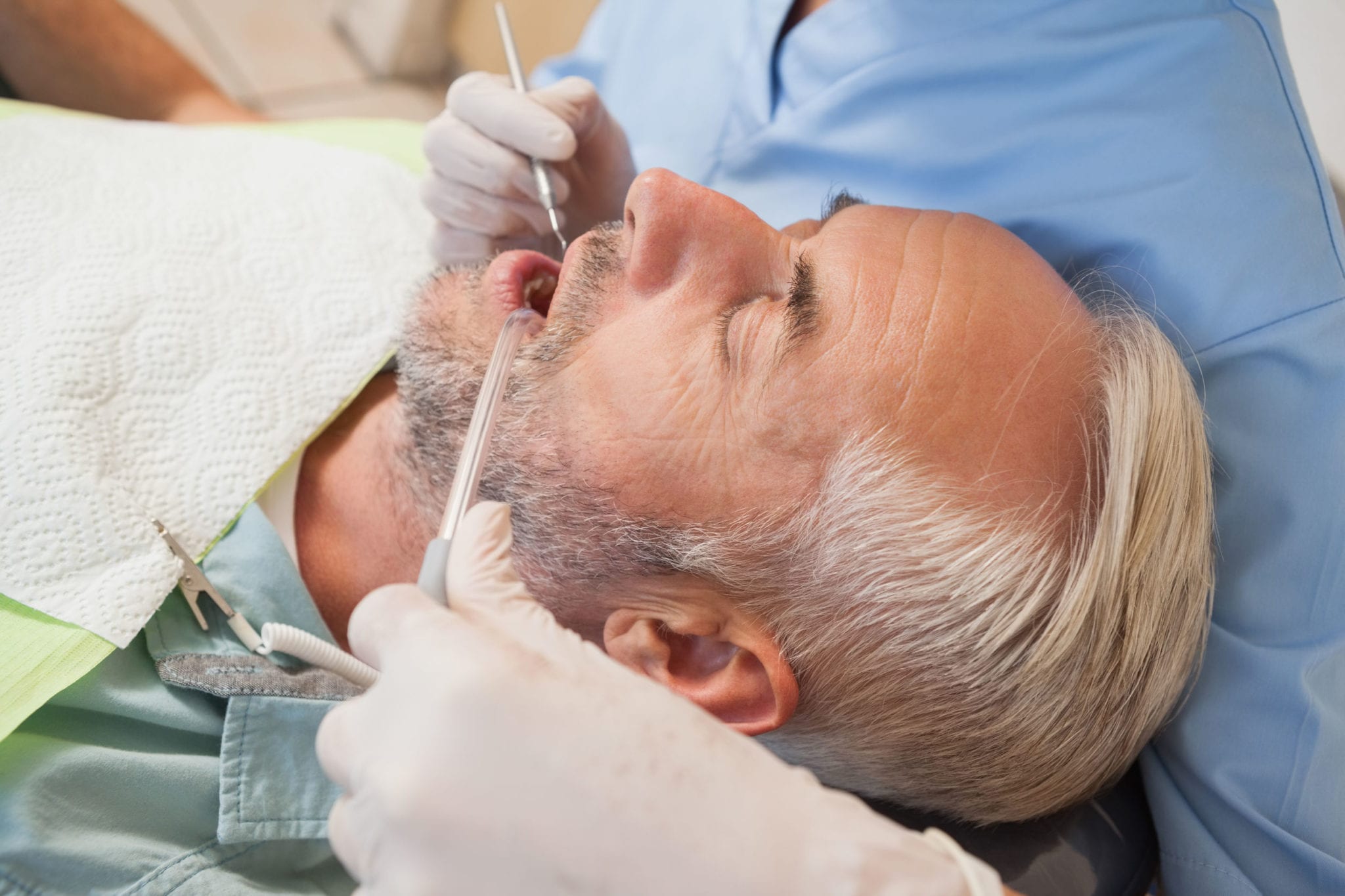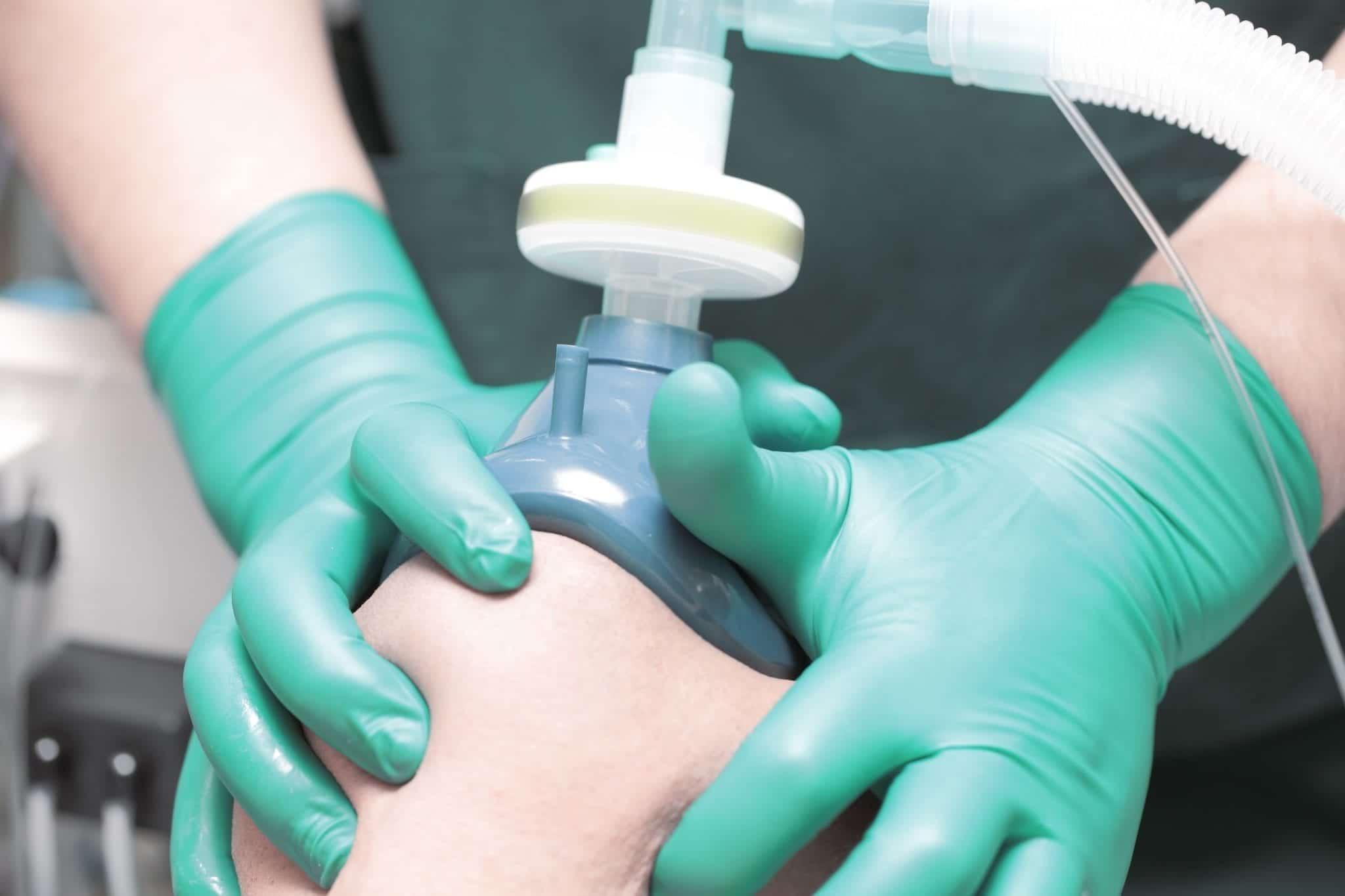
Does even the thought of going to your dentist make you break out in sweat? Do you white-knuckle the steering wheel all the way to the office when it’s time for a cleaning?
Perhaps you find that even the thought of scheduling a dental appointment is debilitating… so you just haven’t done it for a while.
If any of these scenarios sound like you, conscious sedation may be the answer to managing your dental anxieties.
While some dental work may call for general anesthesia, which renders a patient unconscious for the duration of the procedure, conscious sedation allows you to either relax your nerves or deaden the target area (or a combination of both) while remaining fully awake.
In other words, you can calm yourself and skip any pain without being knocked out. Sound pretty good?
In this post, we’re going to share a few of the most common options for conscious sedation treatment, how they work, and what makes you a good candidate.
Common Treatment Options for Conscious Sedation
Generally speaking, every conscious sedation technique involves the same steps:
- You’ll be asked to sit (or lie down).
- Your chosen treatment will be administered.
- You wait until the sedation takes effect.
- Your dentist monitors your vital signs.
- Once you’ve been properly sedated, the procedure will begin.
There are three common options with proven benefits available at our dental office. Two of them are typically readily available at any time, while the other will likely require some planning ahead. Mostly, lead time is dependant upon your dentist’s conscious sedation licensing to administer these treatments.
When additional training, equipment, and supplies are needed, they will contract with a trusted physician or dentist who is properly licensed to perform the sedation techniques.
Inhalation Analgesia
“Inhalation analgesia” is the medical term for nitrous oxide – or laughing gas. The treatment has been around for decades, and has been scientifically proven as an effective agent in safely managing anxiety and pain during dental procedures.

Laughing gas does not “put you to sleep.” Instead, it simply slows your brain and body’s response time. It also tends to produce sensations of euphoria, induce giggling fits (hence the name), and sometimes causes sound and sight distortions.
One of the reasons patients tend to prefer this form of anti-anxiety treatment is its brevity.
The effects of nitrous oxide typically wear off within two minutes after you stop breathing in the gas. Nearly every dental office is now qualified to offer and administer this treatment.
Enteral Sedation
“Enteral” sedation refers to the involvement of digestive metabolization. In most cases, this comes in the form of oral medication. Because of the pharmaceutical nature of this type of conscious sedation, and its typical use in combination with laughing gas, it is often categorized as moderate sedation.
Recent updates from the American Dental Association to the amount of training and best practice guidelines account for the advances we’ve made in understanding how to achieve superior results with minimal medication.
When you opt for enteral sedation, your dentist will offer oral sedation (liquid or pill form) prior to administering nitrous oxide for maximum relaxation. Typically, a patient remains fully conscious and able to communicate during, but remembering nothing after the appointment.
Intravenous Sedation
For more severe anxiety, you may discuss the option of intravenous – or IV – sedation. While this option is administered in the same way as heavier general anesthesia, the type and amount of medication may be adjusted so that you remain conscious.
You will be awake during the procedure, but less aware of what is going on around you. This type of treatment does require special preparation prior to your appointment, as well as recovery time at home afterward.
This type of conscious sedation is often administered by another qualified professional who is contracted to come in during your dental treatment.
What Makes Someone a Good Candidate for Conscious Sedation Dentistry
As with any medical and dental treatment, you should discuss your personal circumstances and medical history with your doctor or dentist prior to opting for any of these conscious sedation treatments.
However, there are some general health requirements that, if not met, can immediately disqualify you from being a good candidate. They are:

- General good physical health
- General good mental health
- No allergies to medications
- You are not pregnant or breastfeeding
Those with a history of cardiac disease, high blood pressure, diabetes, and other pulmonary or respiratory issues may require additional medical clearance.
If you find going in for dental procedures to be too painful or frightening, talk with your South Florida dentist about your personal and family medical history to determine the best plan of action for combating your dental phobias and anxieties.
Don’t let them keep you from maintaining a healthy smile!






